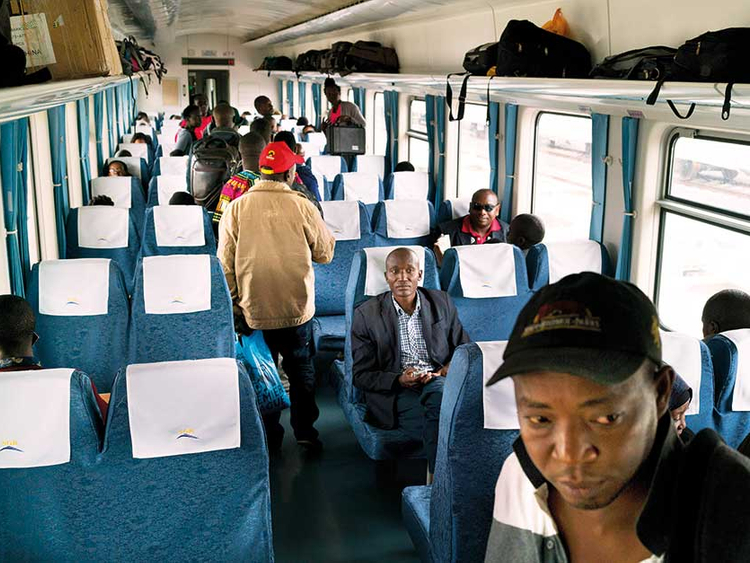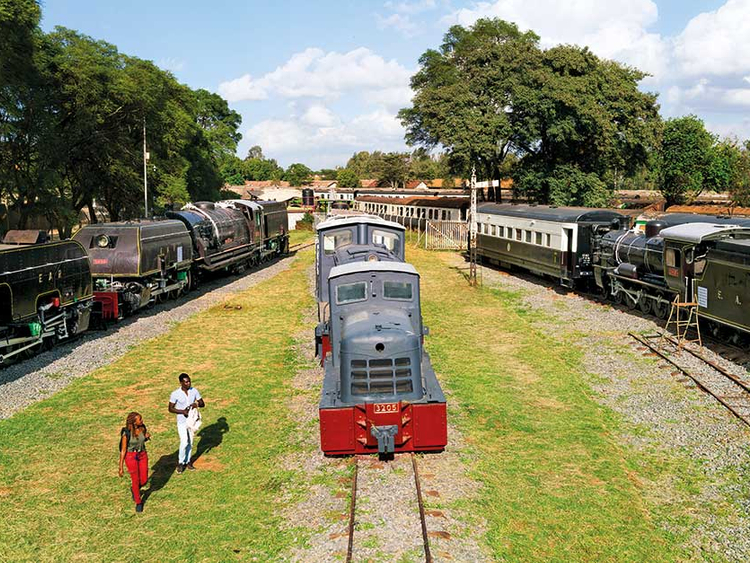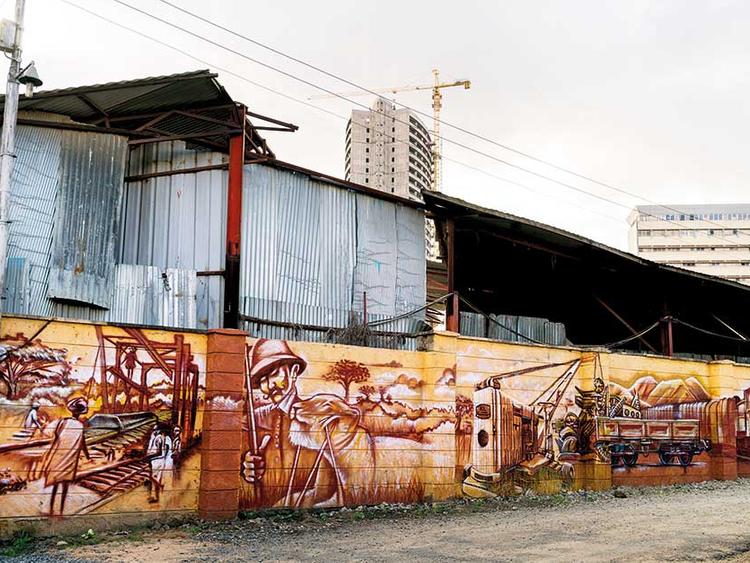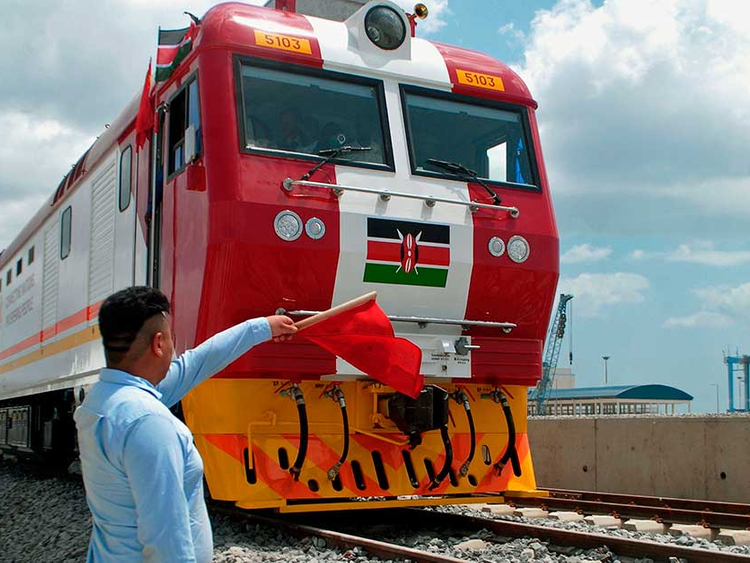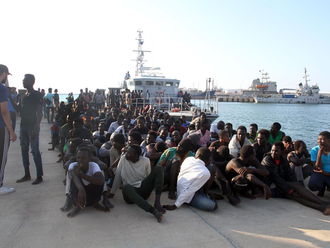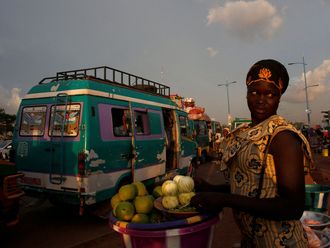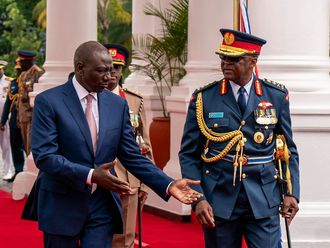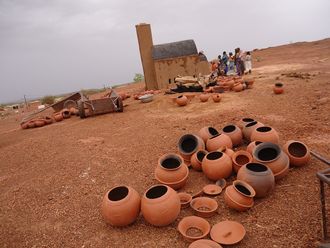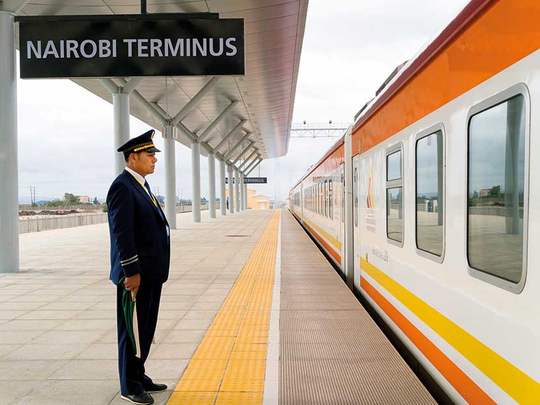
NAIROBI, Kenya: With sloping, charcoal-grey walls that resemble the elegant curves of a luxury car, Nairobi’s sleek new railway station, built by China, looks more like an airport terminal reserved for wealthy Kenyans and their private jets.
Given the price tag, it might just as well be. President Uhuru Kenyatta’s government spent $4 billion (Dh14.69 billion) on a 500-kilometre railway connecting the capital to the Indian Ocean port of Mombasa, the most expensive infrastructure project since Kenya’s independence 54 years ago and one-fifth of its national budget.
Eager to portray it as a major achievement ahead of national elections in August, Kenyatta opened the so-called Standard Gauge Railway on May 31.
But the fanfare was overshadowed by a concern that has been snowballing for months, filling many Kenyans with mild terror: How can the country repay its monstrous debt to China?
Trade imbalance
China’s Eximbank accounts for about 90 per cent of the Nairobi-Mombasa project. The loan has already pushed the Kenyan debt above 50 per cent of output, and imports of Chinese supplies and materials required to build the railway are making people anxious about Kenya’s worsening trade imbalance with China.
The new Kenyan line “bears the Kenyan people’s dream for this century of striving for national development and prosperity,” a Chinese vice foreign minister, Zhang Ming, said in Nairobi this month. But on Kenyan TV, reports about the railway’s opening invariably turned to its inflated cost, and to questions of corruption.
On one show, a politician who had switched allegiances from the opposition to Kenyatta’s party and who extolled the railway’s virtues was quickly submerged by calls from viewers. “You are lying,” one person said. “You were bribed.”
As a result of the railway’s gargantuan cost, and the equally enormous task of repaying China, some Kenyans already have a nickname for it: the Lunatic Express 2.
The name Lunatic Express was coined more than a century ago to describe a colonial British railway so costly it was considered a “gigantic folly”.
The 1,000-kilometre line linked Lake Victoria with Mombasa. Thousands of labourers, most of them Indians, died from harsh working conditions, disease, hostile tribes and even man-eating lions.
“It’s madness,” said Samuel Nyandemo, a senior lecturer in economics at Nairobi University, who was visibly outraged. Why, he almost shouted, is the railway twice as expensive as a similar project in neighbouring Ethiopia or Morocco? And why was the tendering process done behind closed doors, if not to allow Kenya’s political elite to pocket vast sums of kickbacks?
“This is another type of lunacy,” he said.
— New York Times News Service


